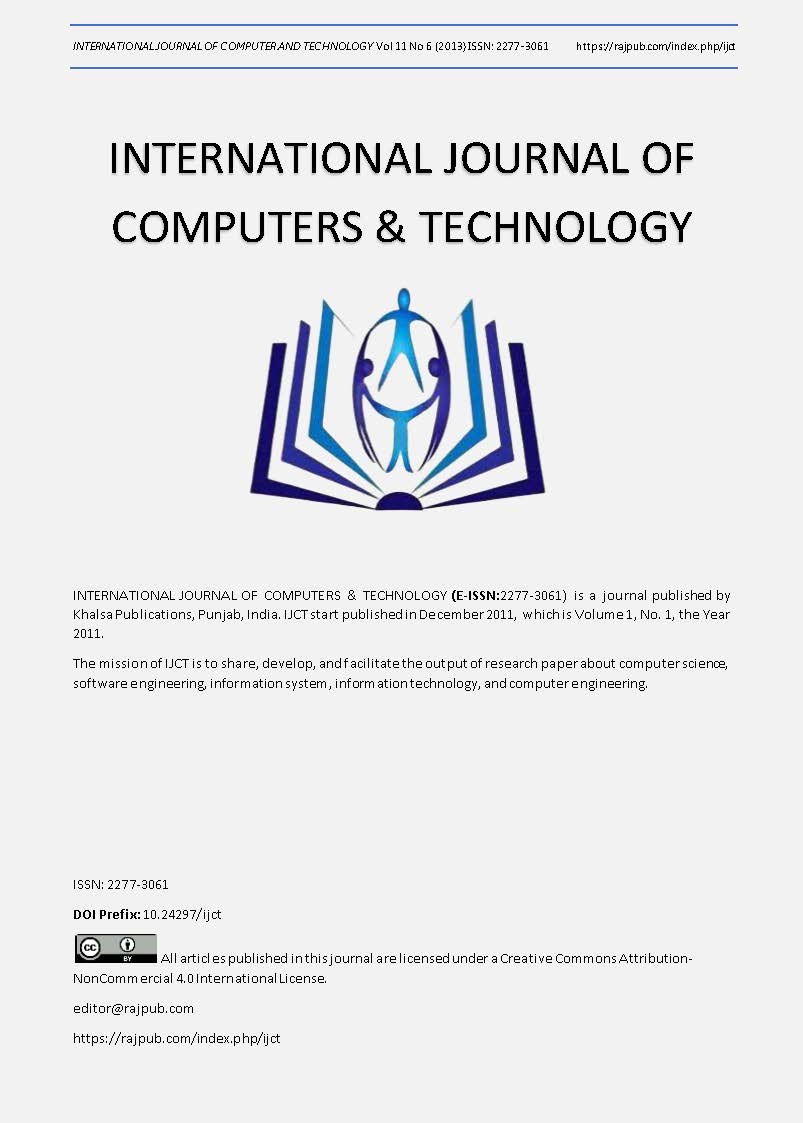Performance Evaluation Study of Active Contour Models in Medical Imaging
DOI:
https://doi.org/10.24297/ijct.v11i6.3045Keywords:
Concavity, Convergence, Gaussian Noise, Energy, Elastic Energy, Bending Energy, External Forces, Error Measures.Abstract
Over the past years image segmentation has played an important role in medical imaging. Segmented images are used for a number of applications such as computer aided surgery, treatment planning, diagnosis, study of anatomical structures and many more. Deformable models provide a general method of performing non-rigid object segmentation. They offer an attractive approach to overcome the limitations of traditional low level segmentation approaches. A snake is a flexible deformable model which can be matched to an image contour by energy minimisation. Snakes are a powerful technique in segmenting formless shapes when little or no prior knowledge about the shape is available. Rather than handcrafting a prior knowledge into the model, the shape variation is extracted from a training set by applying PCA to PDM. In this paper some familiar Active Contour models such as Snakes by Kass et al, Balloon model, Greedy snakes method, Gradient Vector Flow Snakes are compared on the basis of qualitative and quantitative measures. The GVF Snakes have the ability to move into boundary concavities whereas the Greedy Snakes, Original Snakes have problems trying to locate the contour of an object which has a boundary concavity.









